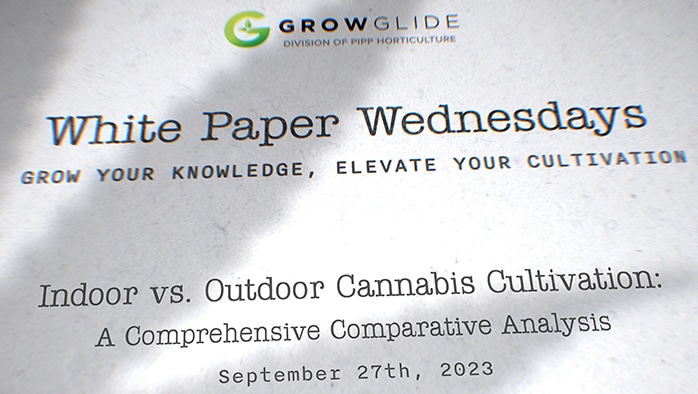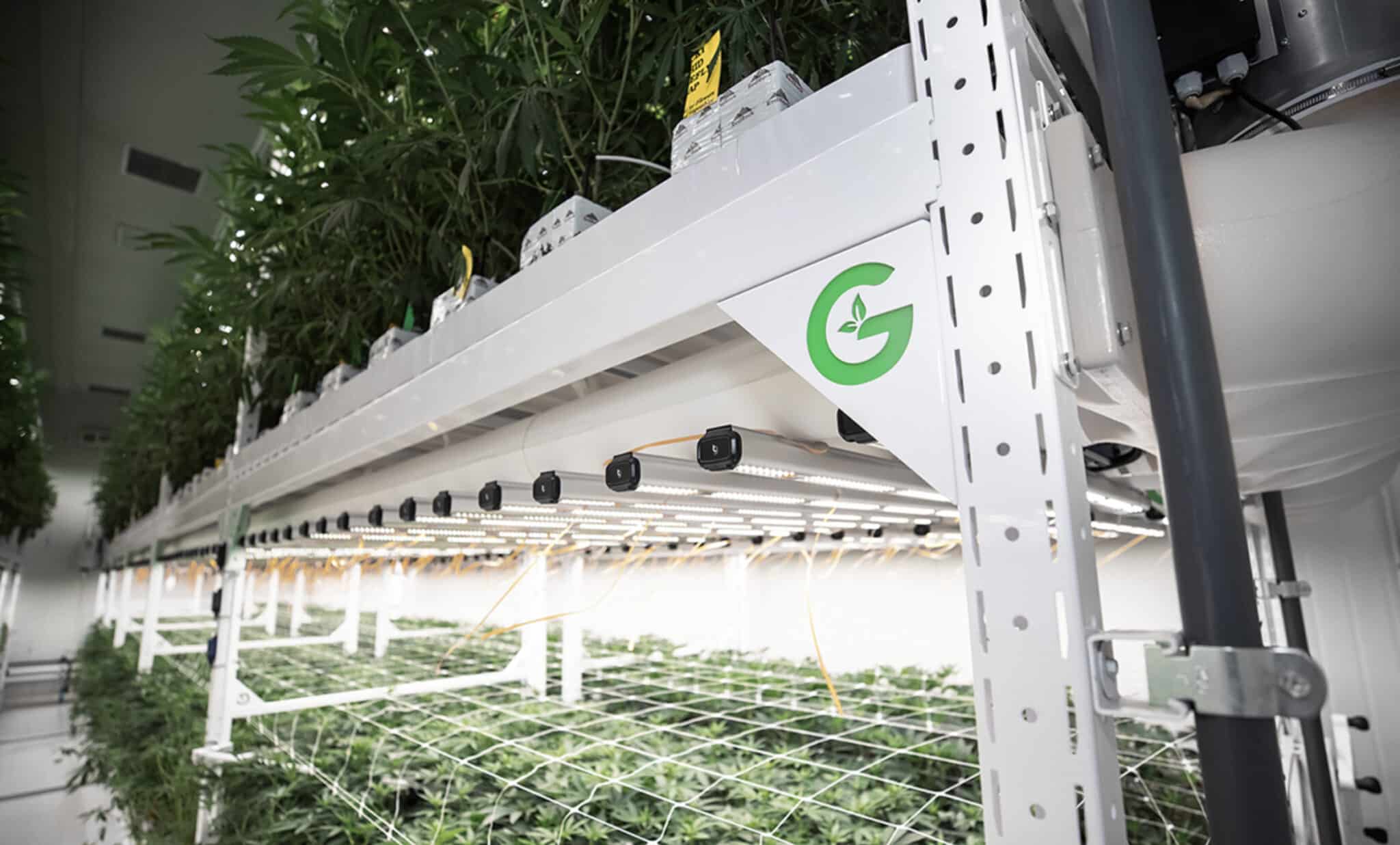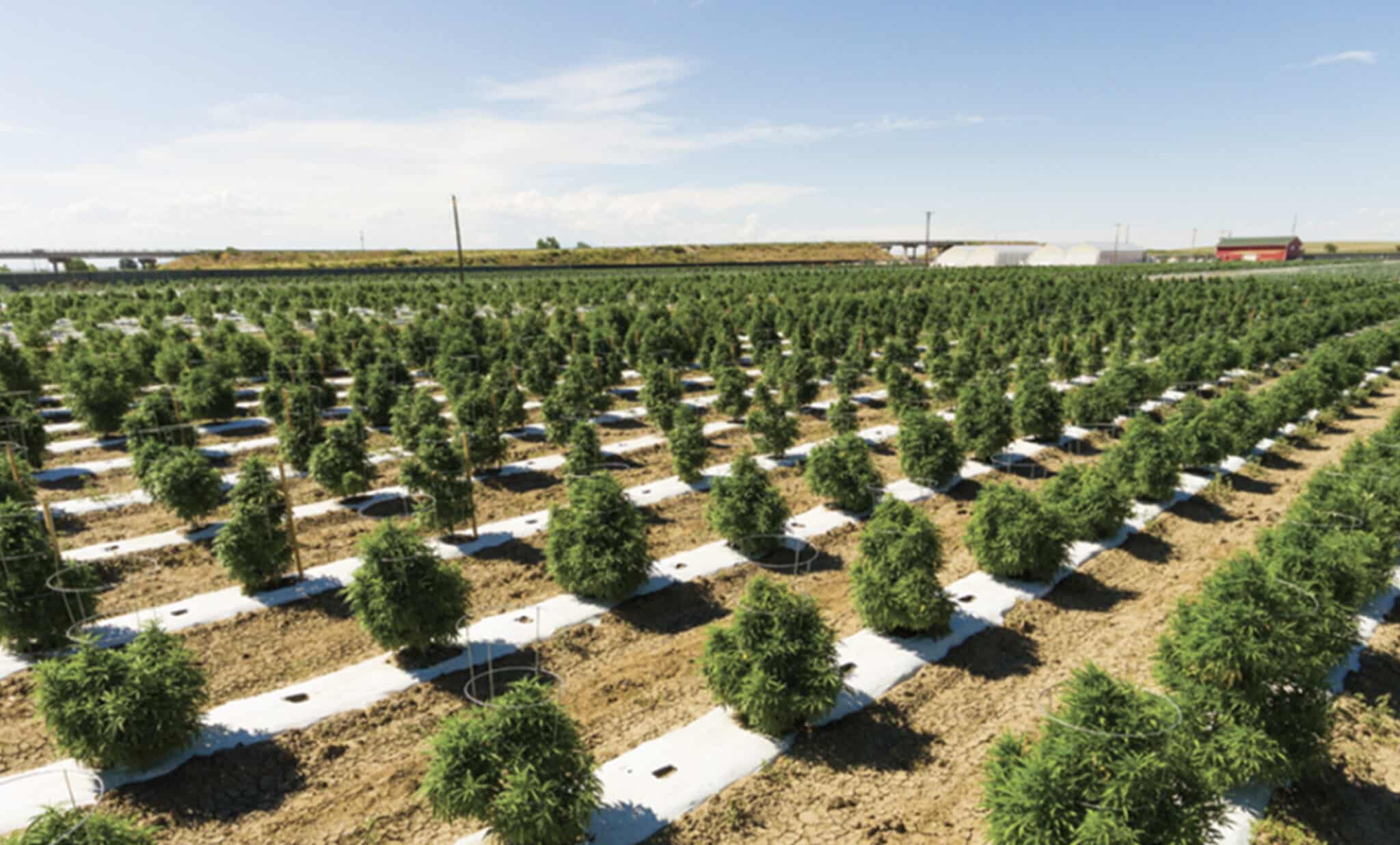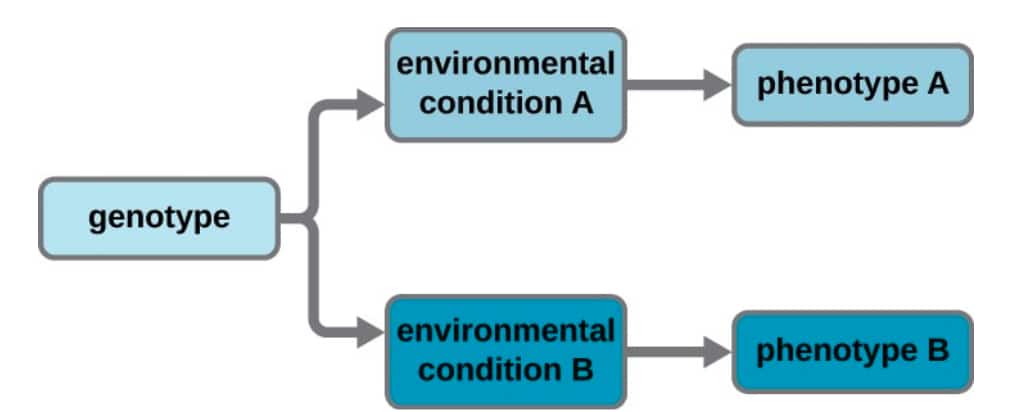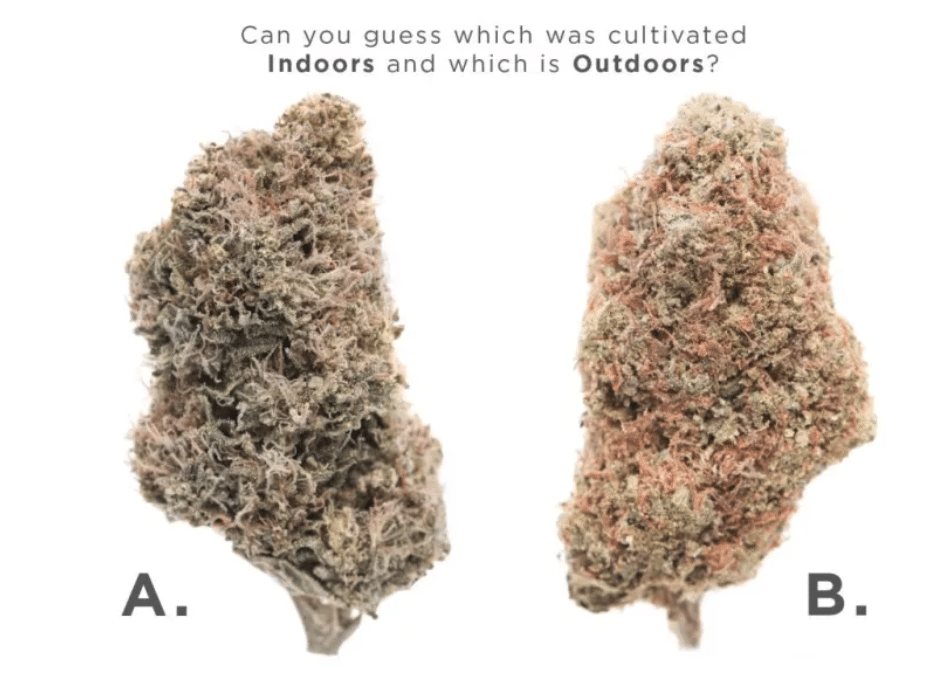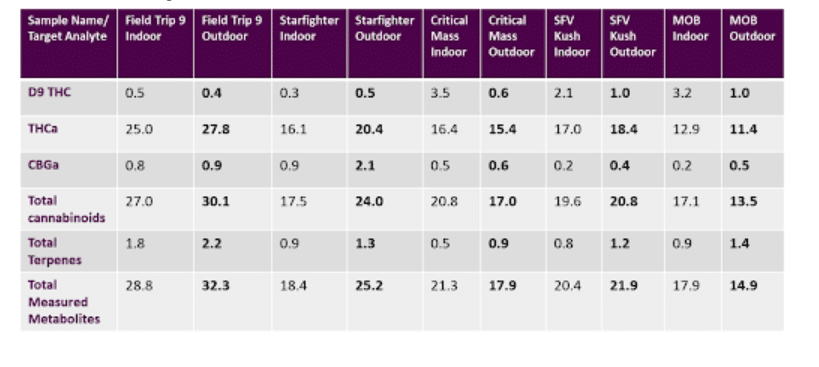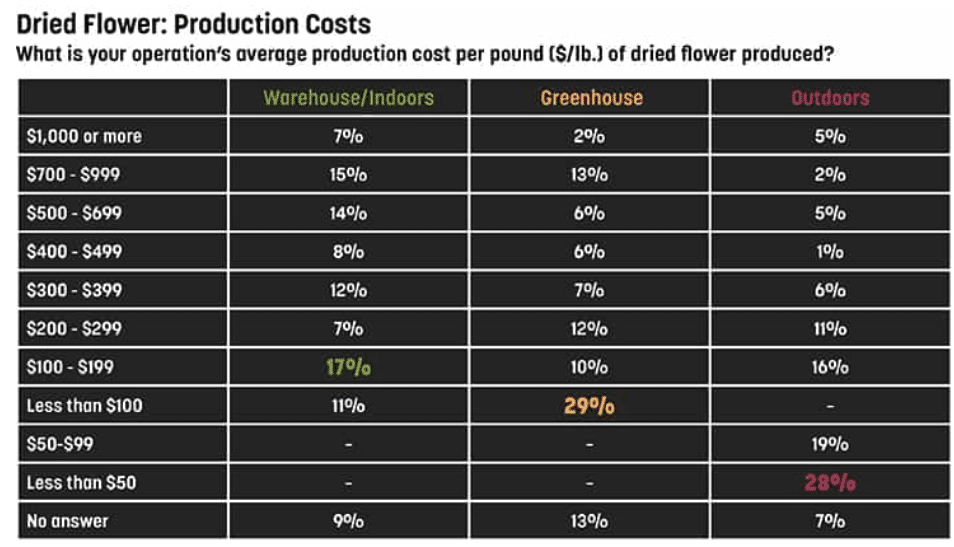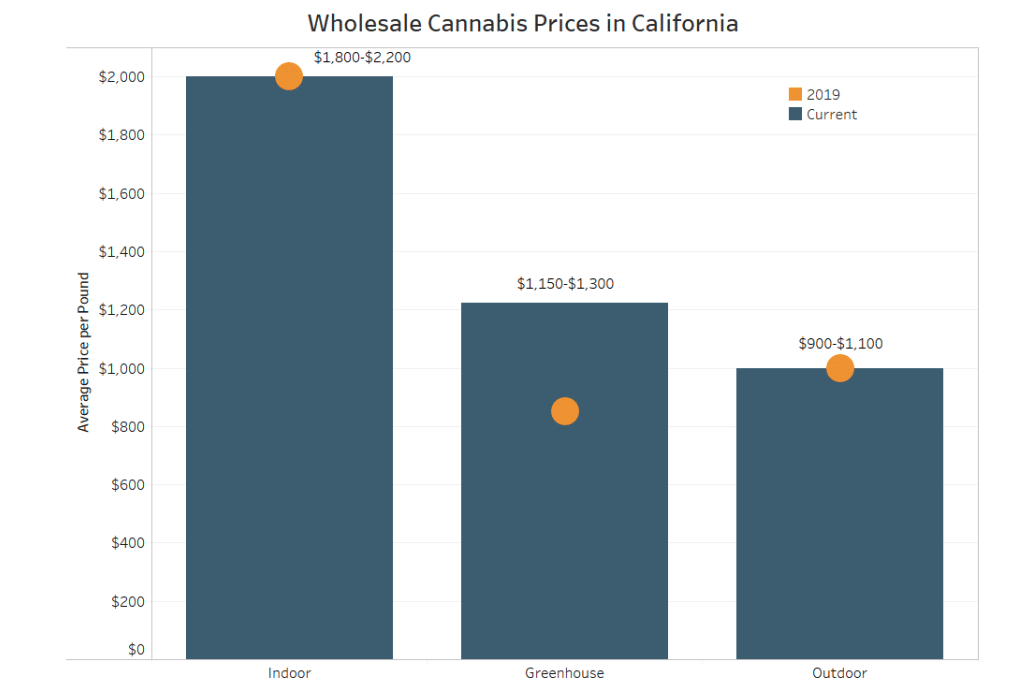The debate over the optimal environment for cannabis cultivation—indoors or outdoors—has been a focal point for growers, consumers, and industry experts alike. With the increasing acceptance and legalization of cannabis for medicinal and recreational purposes, this debate has gained even more traction. A recent study published in MDPI provides valuable insights into this discussion, offering a comparative analysis of cannabis grown in both settings.
Indoor grow – Growglide :
Outdoor grow – Cannabis business times :
The Study in Focus: Researchers examined commercial cannabis samples, all cloned from a common parent but cultivated in contrasting environments. Outdoor samples thrived in raised beds, enriched with a blend of natural soil and composts, basking under the sun’s natural rays. In contrast, the indoor samples were nurtured under artificial light, rooted in a proprietary growth medium. Notably, the outdoor samples were tactilely stickier and boasted a more robust aroma than the indoor ones. However, the flower’s morphology and coloration remained strikingly similar across both groups. A significant revelation from the study was the differential cannabinoid profile: outdoor-grown cannabis had a diminished THC content but was richer in terpenes and other secondary cannabinoids.
The Indoor Cultivation Paradigm:
Pros:
- Controlled Environment: The ability to micromanage temperature, humidity, and light cycles can lead to a consistent, high-quality yield.
- Year-round Cultivation: The indoor setting allows for cultivation throughout the calendar year, facilitating multiple harvest cycles.
- Enhanced Security & Privacy: Indoor cultivation minimizes risks associated with theft, vandalism, and potential legal entanglements.
- Superior Pest and Disease Control: The enclosed environment simplifies pest management and disease prevention.
Cons:
- Economic Implications: The initial setup for indoor cultivation demands a hefty investment, and the recurring electricity and maintenance costs can be substantial.
- Space Constraints: The confined space can limit the expansion potential and overall yield.
- Regulatory Hurdles: Indoor growers often grapple with more stringent regulatory requirements.
What makes indoor vs. outdoor different? You control the environmental and phenotypic expression – Lumen Learning
Indoor v outdoor- weedmaps:
The Outdoor Cultivation Landscape:
Pros:
- Economic Efficiency: The initial setup costs for outdoor cultivation are generally lower, relying predominantly on nature’s resources.
- Amplified Yields: The vast expanse allows for larger plants, translating to potentially augmented yields per plant.
- Eco-friendliness: Leveraging natural resources ensures a reduced carbon footprint, making this method more sustainable.
Cons:
- Weather Volatility: The unpredictability of weather patterns can jeopardize the crop’s health and yield.
- Seasonal Restrictions: Cultivation is bound by seasonal cycles, limiting harvest opportunities.
- Elevated Security Risks: Open fields are more susceptible to theft, vandalism, and wildlife interference.
MCR LABS blog- test results indoor v outdoor:
A Deep Dive into Cost-Benefit Analysis:
To truly appreciate the economic implications of the chosen cultivation method, a multi-faceted cost-benefit analysis is imperative. This analysis should encapsulate factors like the geographical location, operational scale, initial and recurring expenses, anticipated yield and quality, prevailing market prices, regulatory compliance costs, inherent risks, and environmental ramifications.
Financial Upsides of Indoor Cultivation: Indoor cultivation, despite its higher costs, offers a plethora of financial advantages. The controlled environment ensures a consistent, high-quality yield, which can command premium market prices. The ability to harvest year-round can amplify annual revenue. Moreover, the controlled environment minimizes risks associated with pests, diseases, and theft, potentially saving on treatment and security costs. Efficient space utilization, especially with vertical farming, can further enhance yield per square foot. Additionally, a consistent production cycle aids in inventory management, sales forecasting, and brand reputation building.
Cannabis business times cost of production-
Outdoor vs. Indoor: Crunching the Numbers:
Lets assume 10,000sf of flowering canopy
Outdoor
Run #1 Autoflower
Assume: 50 grams / SF = 500,000grams or 1,101lbs
Run#2 Teens
Assume 85grams / SF = 850,000 grams or 1872lbs
Total for the year 2973lbs
Cost of production $250/lb = $743,250 cost of production
Price for sale at $700, $1000 and $1300
$700 = 2,081,000 top line revenue
$1000 = 2,973,000 top line revenue
$1300 = 3,864,000 top line revenue
Indoor
Assume 55grams / sf
550,000grams or 1211lbs with 5.5 runs a year
Total 6,662lbs per year
Cost of production $500/lb = $3,331,000
Price at $800, $1200 and $1600
$800 = 5,330,000 top line revenue
$1200 = 7,994,400 top line revenue
$1600 = 10,659,200 top line revenue
Assuming $700 per outdoor pound
$2,081,000 revenue – 743,250 COP = $1,337,750
Assuming $1200 per indoor pound
$7,994,400 revenue – 3,331,000 COP = $4,663,400
Environmental and Future Considerations:
Beyond immediate profits, cultivators must consider the long-term environmental impact. Factors like carbon footprint, the 10-year cost of ownership, future pricing trends, operational flexibility, and scalability play pivotal roles in the decision-making matrix.
Conclusion:
The choice between indoor and outdoor cultivation is multifaceted, hinging on individual goals, available resources, and market dynamics. Both methods have their unique strengths and challenges. The optimal approach often lies in a hybrid model, meticulously tailored to specific needs and circumstances.







